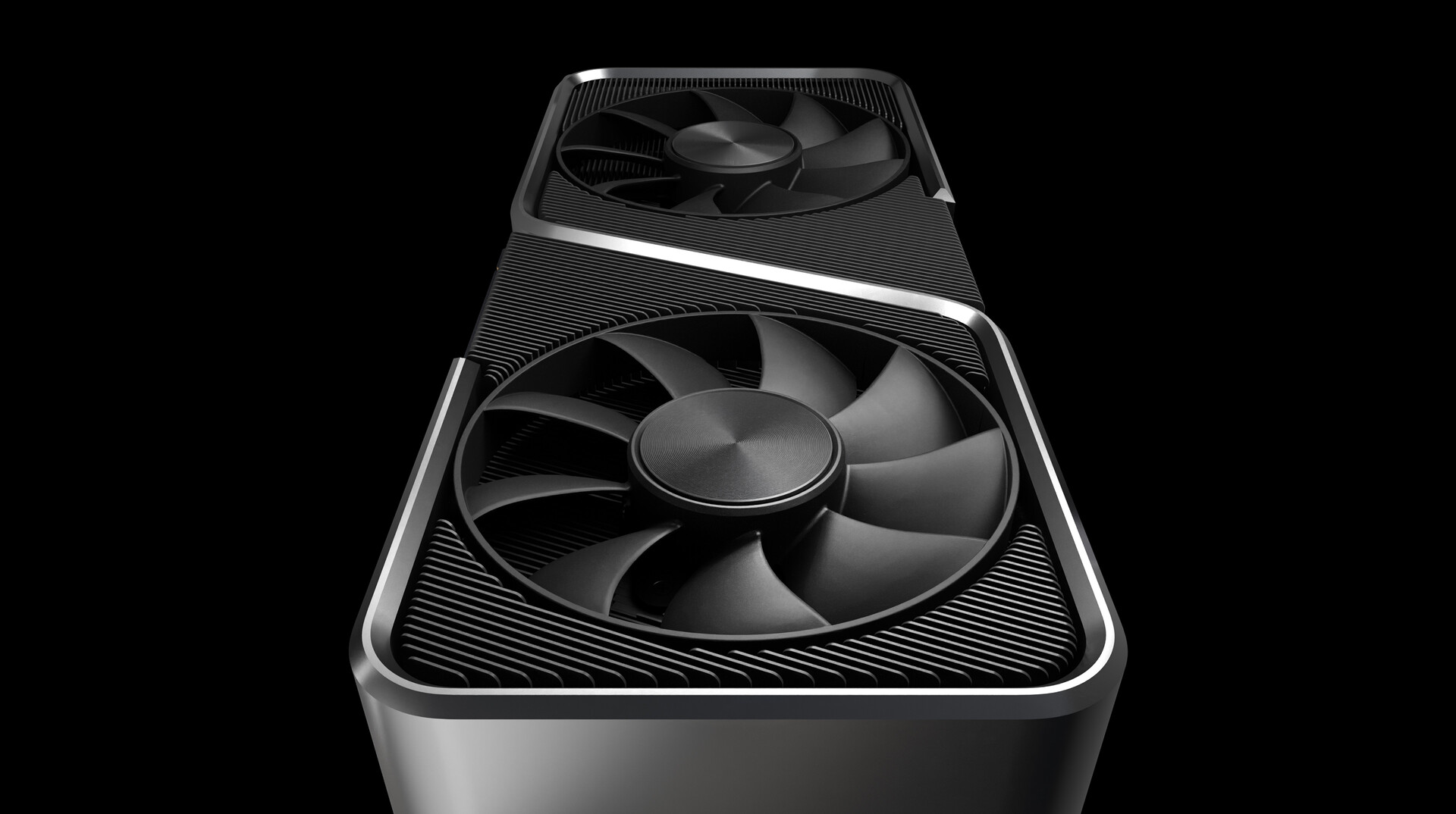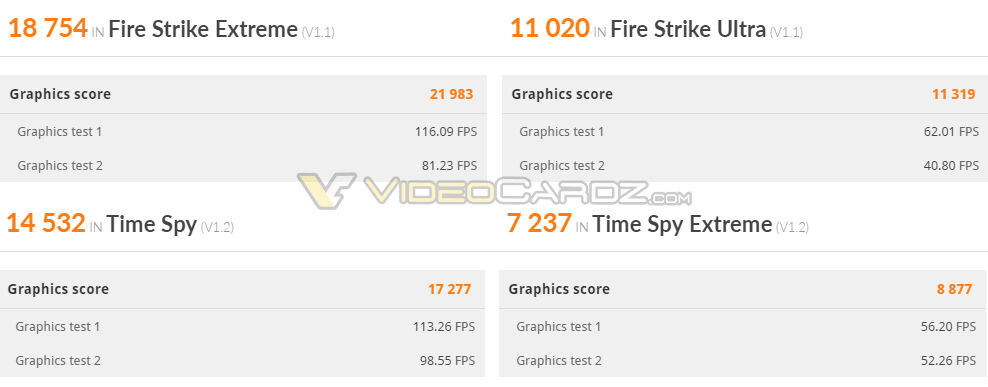
Poor memory OC scaling on the GeForce RTX 3080 might be a blessing in disguise, with closer than expected performance to the GeForce RTX 3090
by Arjun Krishna LalLeaked overclock benchmarks for the NVIDIA GeForce RTX 3080 paint a surprising picture about the impact of the Ampere card’s immense 760 GB/s memory bandwidth. When the 19 Gbps memory modules were bumped up to 20.7 Gbps — along with a mild core OC — performance in key benchmarks like Fire Strike only increased by 2-3 percent. Effectively, this means that memory bandwidth scaling on Ampere could be as low as 1:10 in some cases.
This makes more sense when looking at the numbers. Thanks to Micron’s GDDR6X, the GeForce RTX 3080 delivers 760 GB/s of memory bandwidth, while the GeForce RTX 3090 delivers 936 GB/s. These are truly immense figures, to the point that memory bandwidth might no longer be a bottleneck in many games.
The 20 percent shader core differential between the GeForce RTX 3080 and GeForce RTX 3090 is magnified by the 20 percent difference in memory bandwidth, putting RTX 3090 performance out of reach on overclocked RTX 3080s, at least at first glance.
If these memory scaling figures apply across the board, shader count could be the only performance differentiator. However, based on NVIDIA’s claim that the GeForce RTX 3070 hands in GeForce RTX 2080 Ti performance, shader count scaling on Ampere could also be less than linear, with a 36 percent cut to shader count incurring just a 25 percent hit to performance, going by leaked RTX 3080 benchmarks.
In practice, this means that the performance delta between the GeForce RTX 3080 And GeForce RTX 3090 could be much narrower than the spec sheets indicate: in the 10-15 percent range, and not 20 percent. A combination of core and memory OC could possibly help GeForce RTX 3080 owners bridge that gap. We’ll see once official RTX 3080 performance reviews arrive next week.
